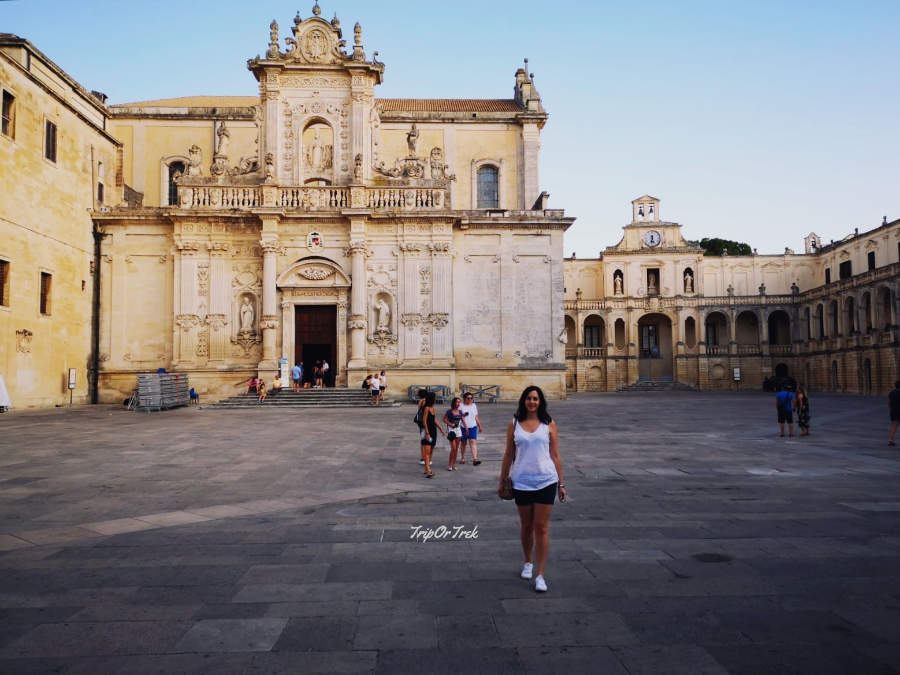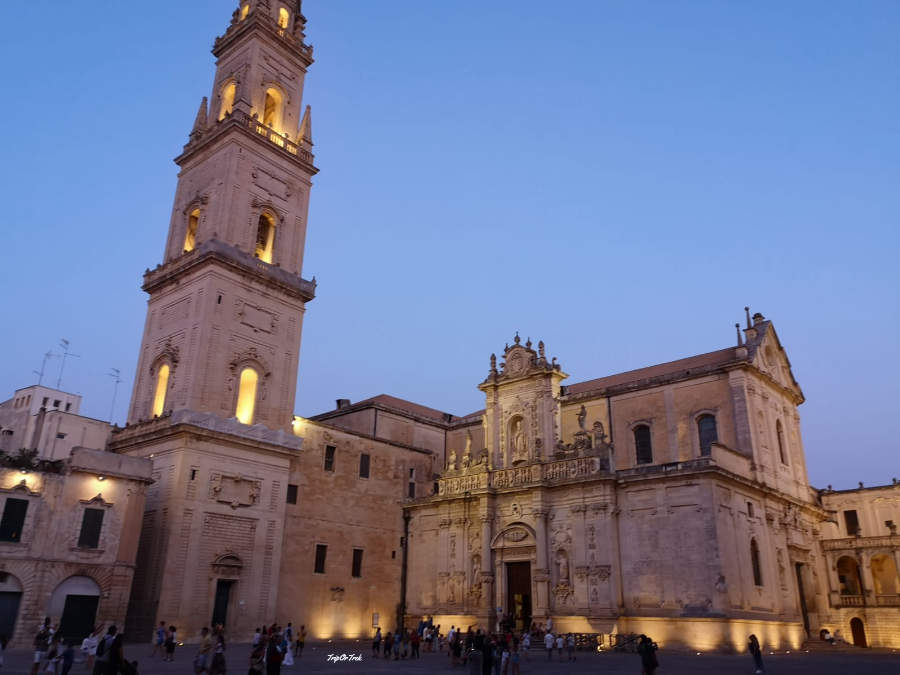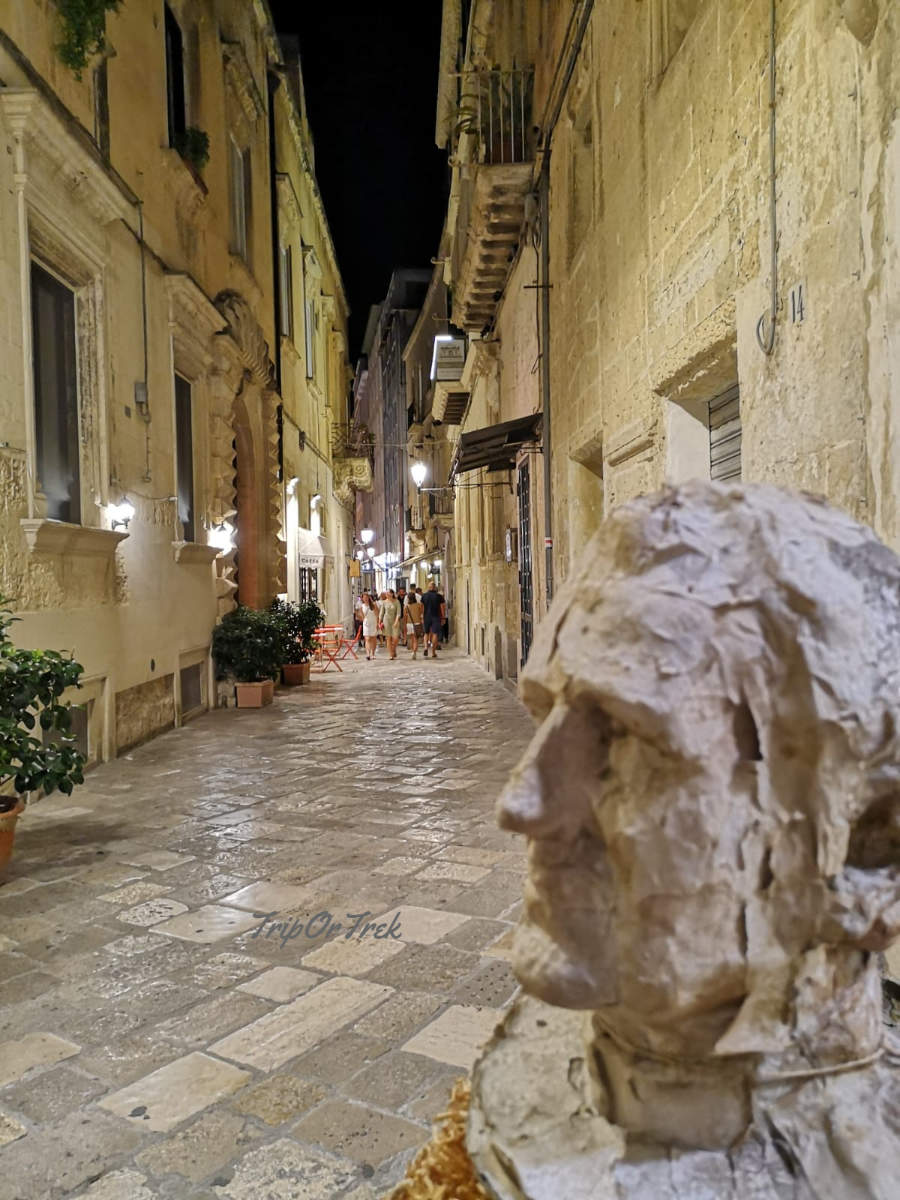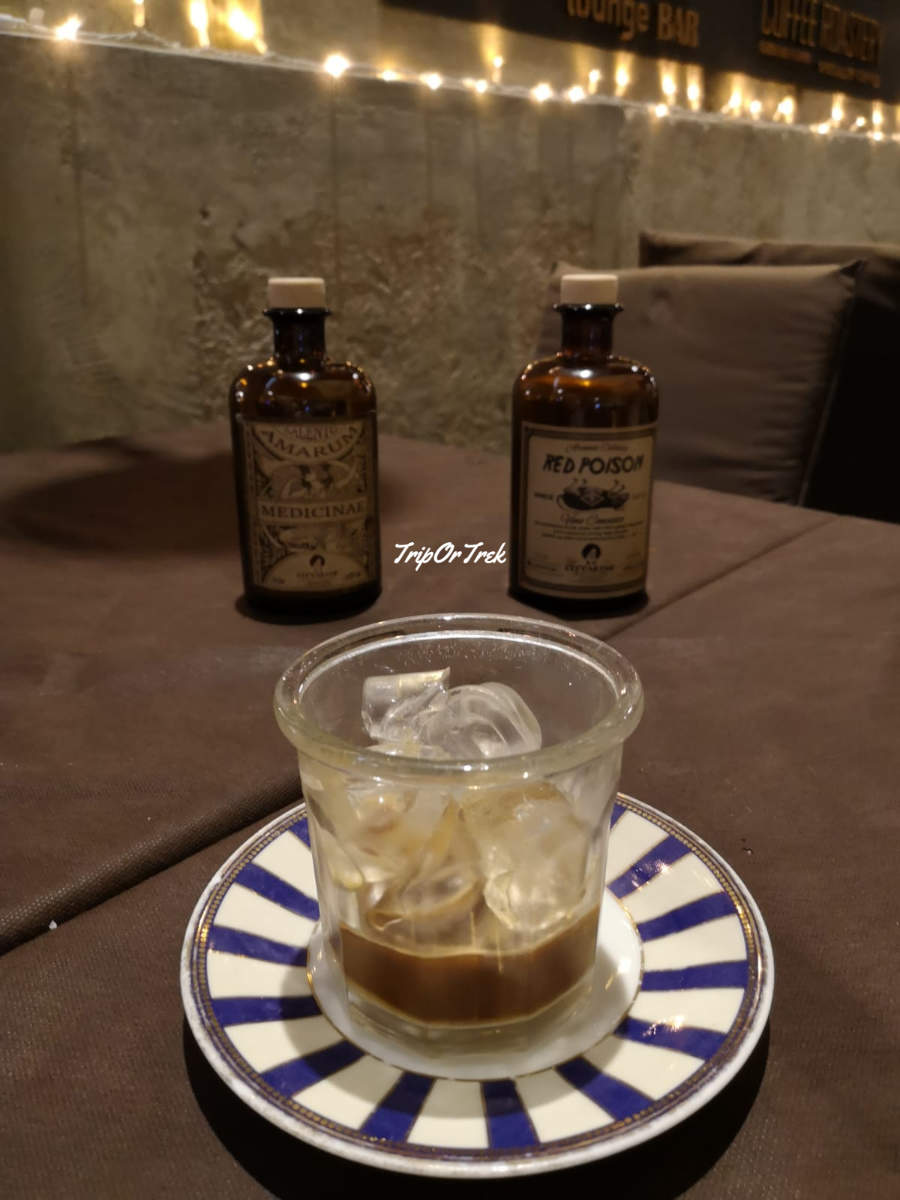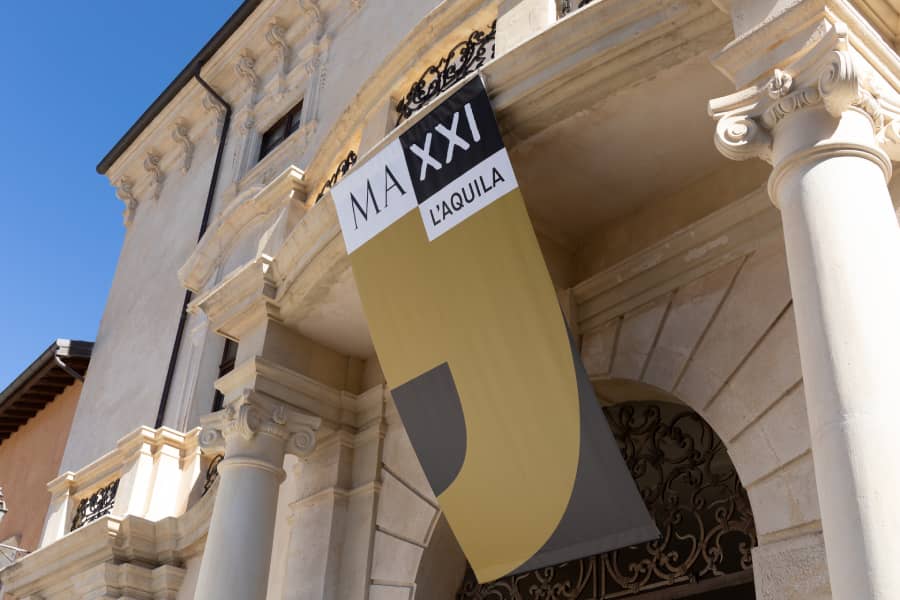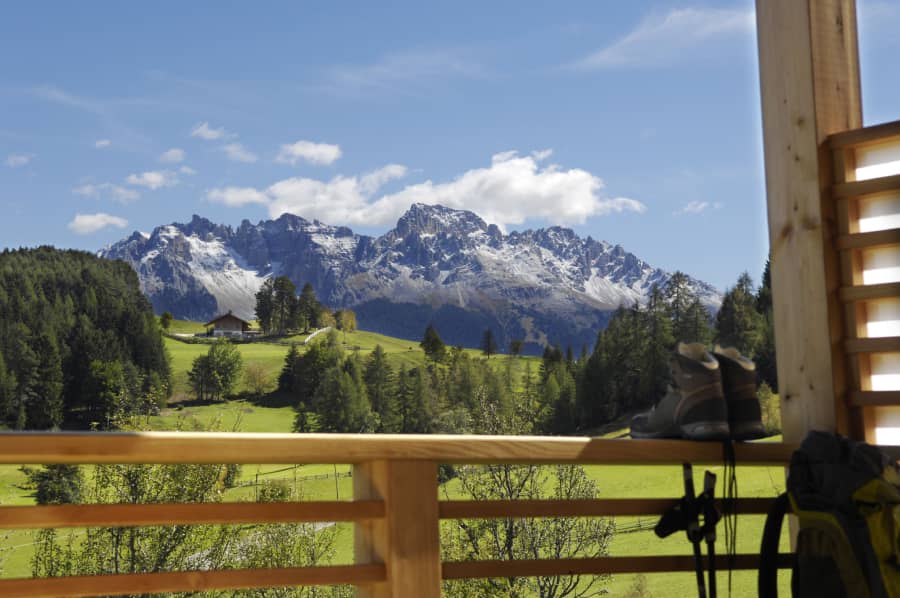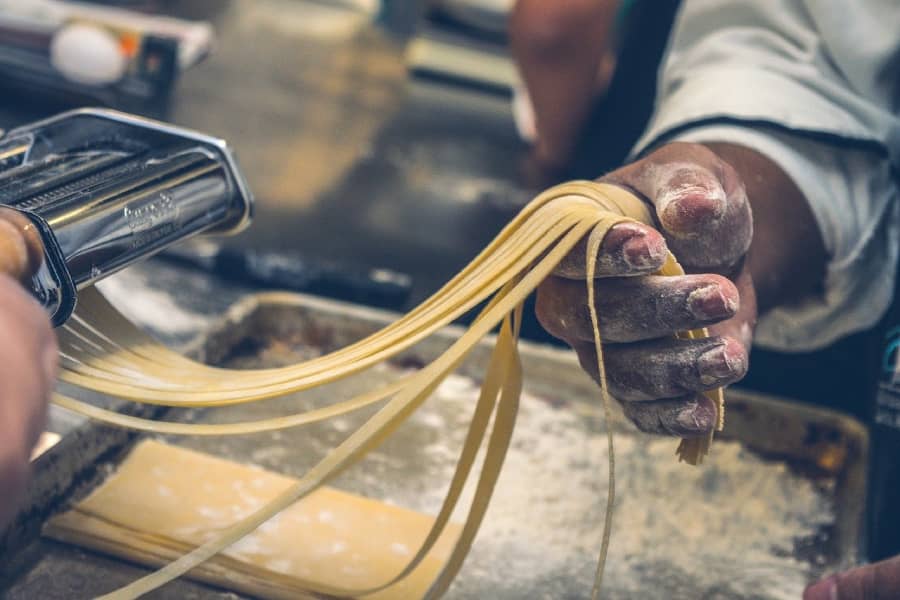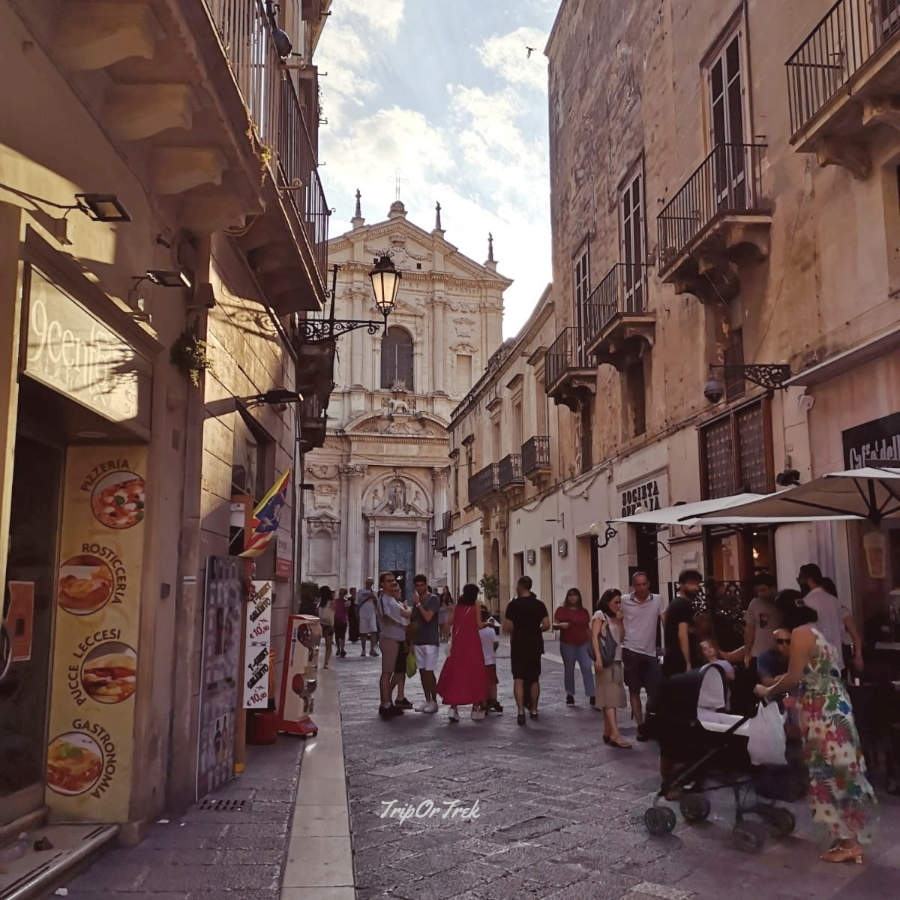
Itinerary to discover Lecce, in Salento, Apulia
City of stone and history.
Ancient and elegant city.
City of artists.
Lecce, the first stop of my trip, was one of the places that most fascinated me during this on the road in Salento.
Walking through its streets, in fact, I realized that there is a different light in Southern Italy. Sunrise and sunset are times when cities shine in a special way.
They are illuminated by the last warm rays of the sun and take on their color: pink, orange, red. Intense shades that stand out because the buildings are built with special stones.
The buildings in the historic center of Lecce, in fact, are famous because they are made with “the gentle stone” a limestone rock renowned for its malleability.
This material is the basis of the “Lecce Baroque”, the world-famous artistic style that gave the city of Salento the nickname “Florence of the South”.
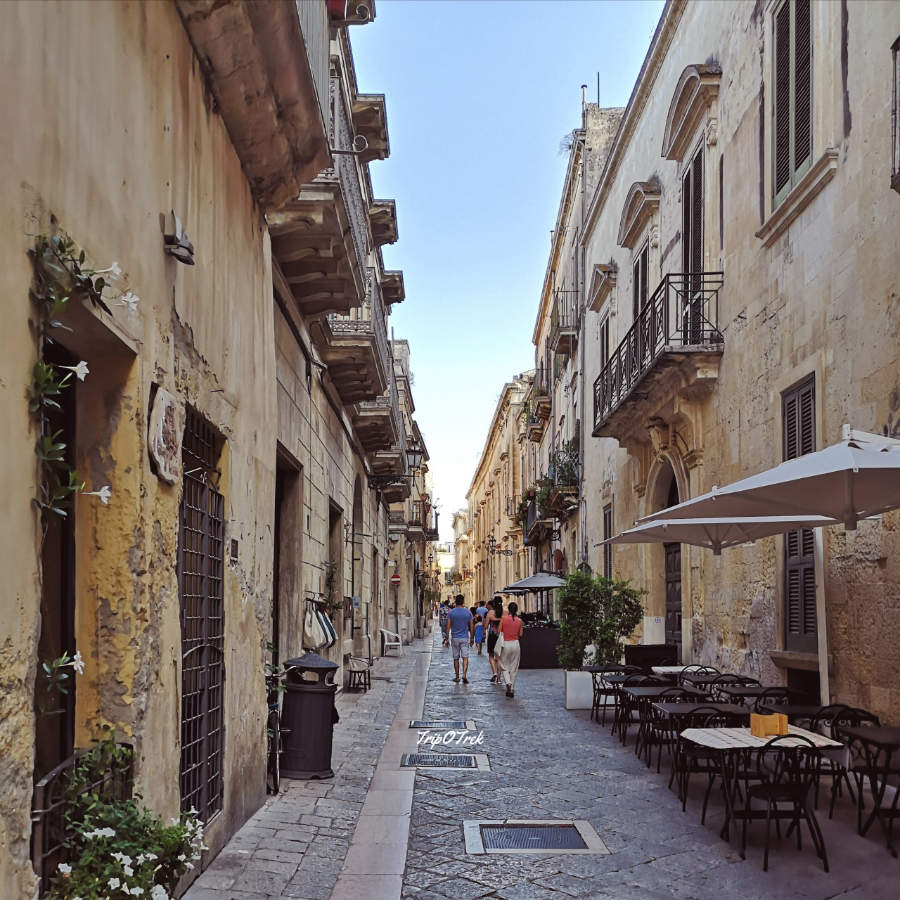
Every walk in the city always started from Porta Napoli.
A triumphal arch that connects two faces of Lecce, the modern part and the historic center, a treasure chest of baroque art.
Today a meeting point for young people, the elderly, and lovers of all ages, the gate was built in 1548 in honor of Charles V who had the city fortified to protect it.
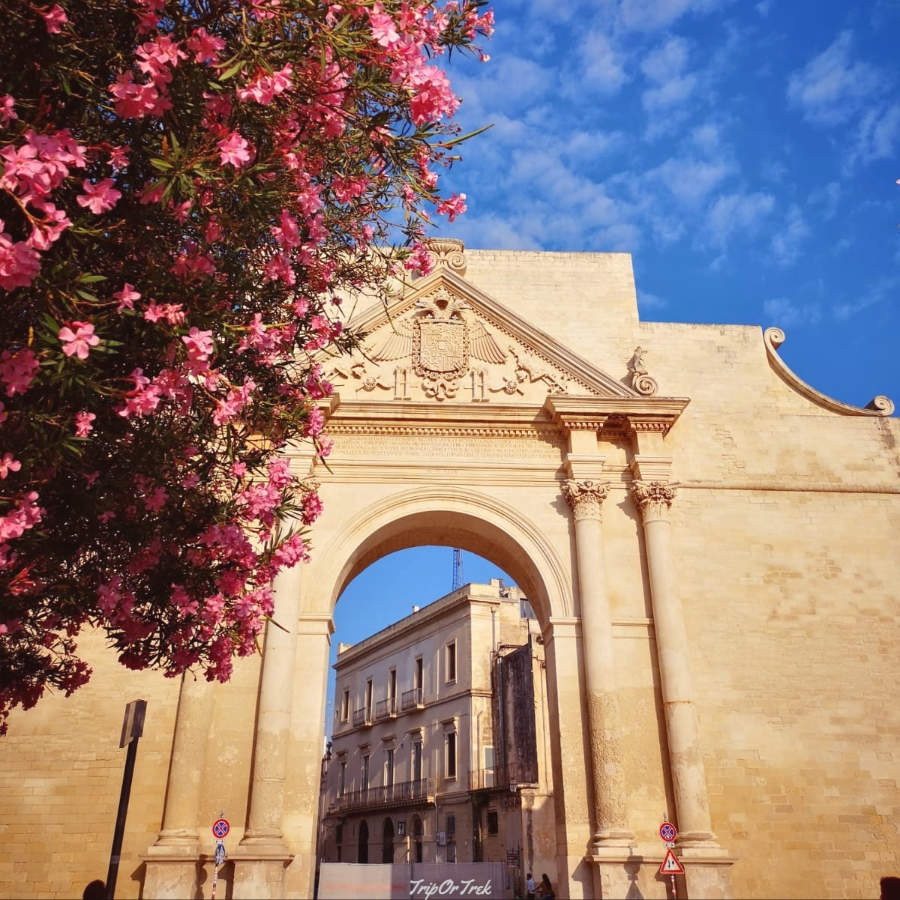
The mighty city walls of Lecce, in fact, are the concrete example of the way in which the emperor wanted to defend the city from the Turkish incursions that at that time put all of Southern Italy to fire and sword. The simple wall that protected Lecce was transformed into a fortress with bastions capable of withstanding enemy attacks. Furthermore, recent archaeological excavations have shown how the walls were located in a strategic place: a Roman road from the 4th century, which connected Lecce to Brindisi and the Via Appia.
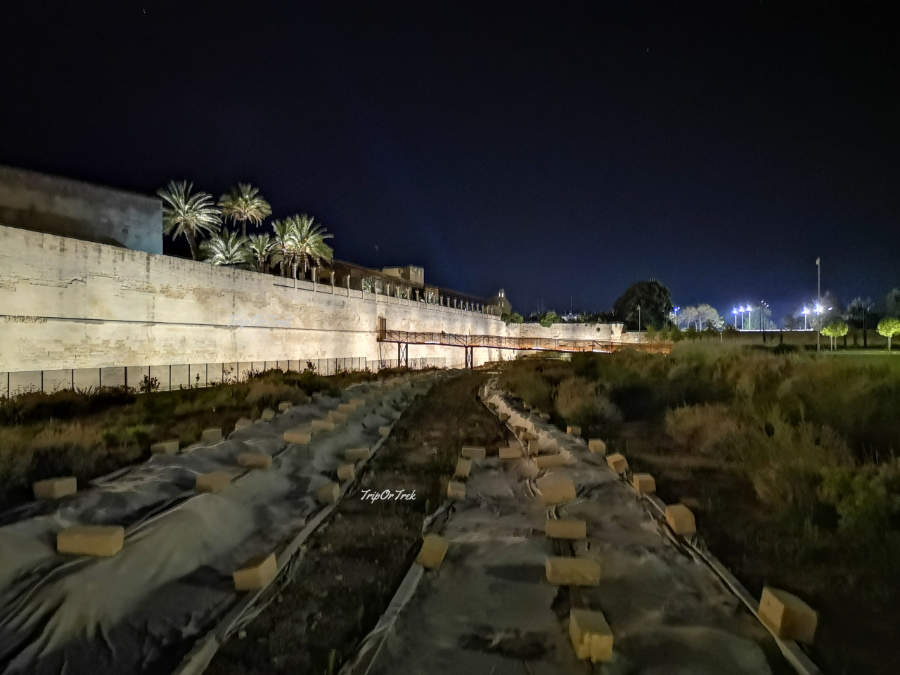
Beyond the walls you enter the historic center of the city, in its oldest part, in its beating heart that in the evening is filled with life and colors. Lecce, in fact, is rich in art: from palaces to churches, such as the cathedral and the marvelous basilica of Santa Croce, a triumph of the baroque, passing through the small shops where artisans still work papier-mâché following ancient traditions.
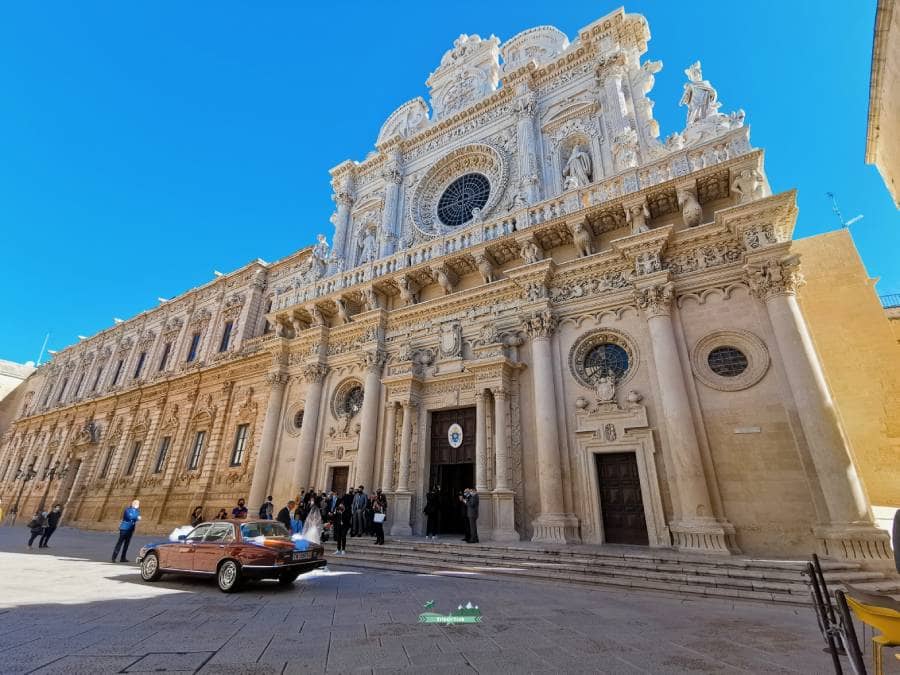
The first attestation of the art of papier-mâché processing in Italy dates back to 1400 in Tuscany in Val D’Arno, then this craft spread to Naples in the seventeenth century and arrived in Lecce in the early eighteenth century. The fame of the Lecce papier-mâché masters emerged at the end of the nineteenth century with artists such as Raffaele Caretta and Giuseppe Manzo who managed to exhibit their works also in New York. The papier-mâché masters from Lecce, in fact, were very good at making the drapery and the faces of the statues of the Saints. Being a light art, but above all economic, it was also used for the realization of the wooden coffer in the church of Santa Chiara in Lecce and for the creation of statues that look like bronze, but in reality are incredible works of paper.
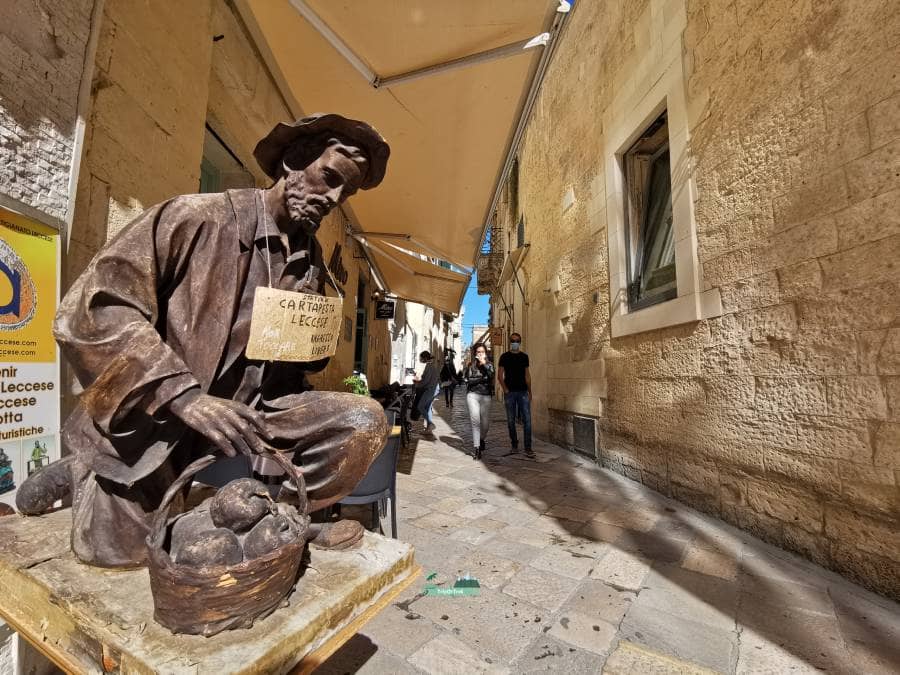
In the evening, every alley lights up to party, the inhabitants meet in Piazza Sant’Oronzo where you can taste the delicious sweet pasticciotti in the Tentazioni pastry shop and the typical Lecce coffee in the Caffè Cittadino, while lovers of drinks flock to the bars located in the square in front of the church of Santa Chiara.
I lived Lecce as if I lived there, walking in the Giuseppe Garibaldi public gardens and in the old Jewish quarter, admiring the Castle of Charles V and the Roman amphitheater in Piazza Sant’Oronzo.

piazza duomo by day. PHOTO Sara Panizzon TripOrTrek 
piazza Duomo by night, PHOTO Sara Panizzon TripOrTrek 
papier mache sculpture. Photo Sara Panizzon TripOrTrek 
Caffè leccese. PHOTO Sara Panizzon TripOrTrek
The rhythm of life, in fact, was marked by simple pleasures: eating a pasticciotto, drinking a coffee from Lecce, walking without haste, looking up to see the beauty that surrounded me. Small daily habits thanks to which I found my “simple rhythm”.

Viaggio e racconto il tuo territorio scrivendo di turismo, marketing territoriale e storytelling nel mio blog TripOrTrek



